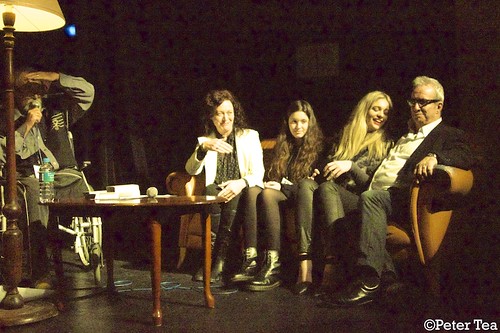Gary Sheffield: Bottom line, he was a borderline Hall of Fame player
Hall of Fame #HallofFame

What do you remember about Gary Sheffield?
There was the bat waggle, of course — that rhythmic swish of potential energy that made it feel like the maple stick in his hands couldn’t wait to crush whatever a pitcher dared throw him. There were the 500-plus home runs; there was that visceral scream of a swing, and the way announcers would wearily note that he was looming in the on-deck circle, like a sleep-paralysis demon who feasted on the carcasses of hanging sliders.
There was the confidence bordering on arrogance, and the outspoken diatribes. There was the idea that you’d much rather be with him than against him.
He played like he feared no man, and because of that, he was feared.
And since Sheffield just missed the mark for enshrinement in the Hall of Fame Tuesday evening — 63.9% in his 10th and final year of eligibility — those memories will have to carry the legacy for him.
So, let’s remember. Sheffield deserves at least that much, and probably more.
In the age of Barry Bonds and Mark McGwire, of Frank Thomas and Vladimir Guerrero, the kid from Tampa, Florida still went down as one of the scariest all-around hitters of an era. Twenty-two years with eight teams in the big leagues meant he also compiled stats with the best of them: 509 home runs, 2,689 hits, a .292 career average, 1,676 RBIs, 253 stolen bases, and a 140 OPS+.
recommended readingBaseball Hall of Fame Class of 2024 ballots: How Newsday’s writers voted
I won’t sit here and say that Sheffield was a slam dunk Hall of Famer — though, for what it’s worth, I do think he belonged in Cooperstown. He had his controversies: He admitted to unknowingly using a steroid cream before the 2002 season, though he, like Bonds and Roger Clemens, was implicated in a time when baseball did everything but tacitly condone performance-enhancing drugs.
He once said he purposely made errors because he hated being on the Brewers so much (he immediately walked back the comments and said he did that only once, in Single-A). His no-holds bar honesty rubbed a lot of people the wrong way. He was a genuinely bad defender, negatively impacting his career WAR, which sits at a more-than impressive 60.5.
But he has nine All Star selections, a National League batting title, is a five-time Silver Slugger and owns a World Series ring. He’s only one of six players to amass over 2,600 hits, 500 home runs and 200 stolen bases, and the others are named Hank Aaron, Alex Rodriguez, Willie Mays, Frank Robinson and Bonds.
He isn’t on par with those names, but he was often impressive in a way that lacked definition — that old school type of late ‘90s, early 2000s hitter that immersed you in the game. Love him or hate him, there was a heft to his presence both on and off the field, and in the sea of Bonds and McGwire and Sammy Sosa, Sheffield managed to be his own type of iconic. If you grew up loving baseball at that time, tell the truth — didn’t you step up to the plate and try the bat waggle at least once?
Which brings us back to Tuesday — the day Sheffield came 43 votes shy of the needed 289 cast by eligible voters of the Baseball Writers’ Association. It wasn’t unexpected, though the groundswell around Sheffield proved powerful the last few years.
But it no doubt stung someone as electric as Sheffield to go out with so little sizzle.
It’s said that the Hall of Fame is made for the top 1% of baseball players — the historic, the breathtaking, the elite. And in a lot of ways, Sheffield is right on the line: the type of athlete that will have one side saying he was one of the best offensive players of all time, warring against the other side proclaiming that “this isn’t the Hall of Very Good.”
All of which just proves that, even in this, Sheffield remains a curator of conflicting attributes. He’s been hero and antagonist. Exceptional in most things, and very ordinary in others.
He is unforgettable.
And, as of Tuesday, he is not a Hall of Famer.

Laura Albanese is a reporter, feature writer and columnist covering local professional sports teams; she began at Newsday in 2007 as an intern.